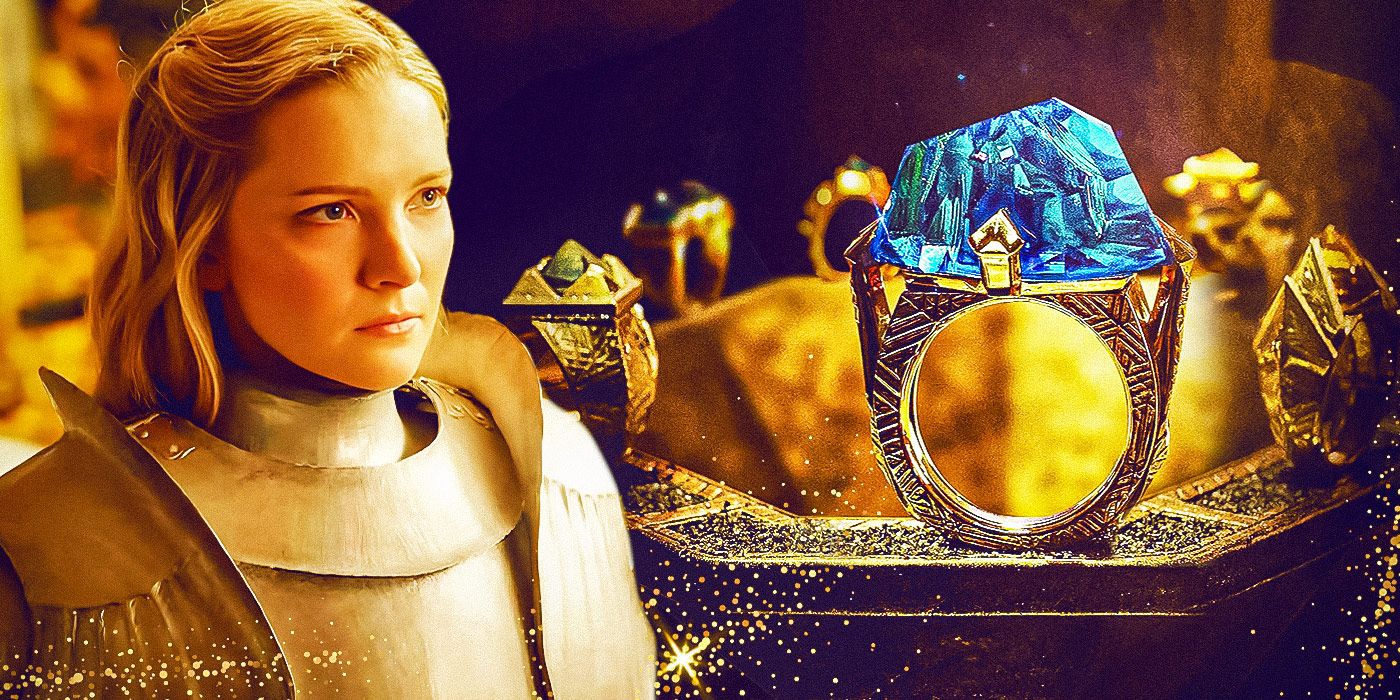
Warning: This article contains SPOILERS for The Rings of Power season 2, episode 5.
The Rings of Power season 2 offers an explanation for why 19 rings were made, and strangely enough, it makes more sense than the one in J.R.R. Tolkien’s books. The Lord of the Rings opens with a brief history of the Rings of Power, explaining that 20 were forged before the One Ring to rule them all: three for the Elves, seven for the Dwarves, and nine for Men. Nineteen feels like a random number within Tolkien’s lore, and there doesn’t seem to be much reason behind how these Rings of Power are divvied up among the races of Middle-earth.
With seven Dwarf Lords in Middle-earth, it makes sense that Celebrimbor forges seven rings for the Dwarves. However, it’s somewhat perplexing that the smith only makes three Rings of Power for the Elves. It’s also not clear why Sauron demands just nine rings for the Men of Middle-earth. Surely there are more kings and lords Sauron would want to control, but Tolkien’s writings don’t address his thought process. The Rings of Power, on the other hand, gives a reasonable explanation for why the first 19 Rings of Power are distributed the way they are.
The Rings Of Power Explains Why 19 Rings Were Needed
Celebrimbor & Annatar Seek Balance With The Three & The Nine Rings For Men
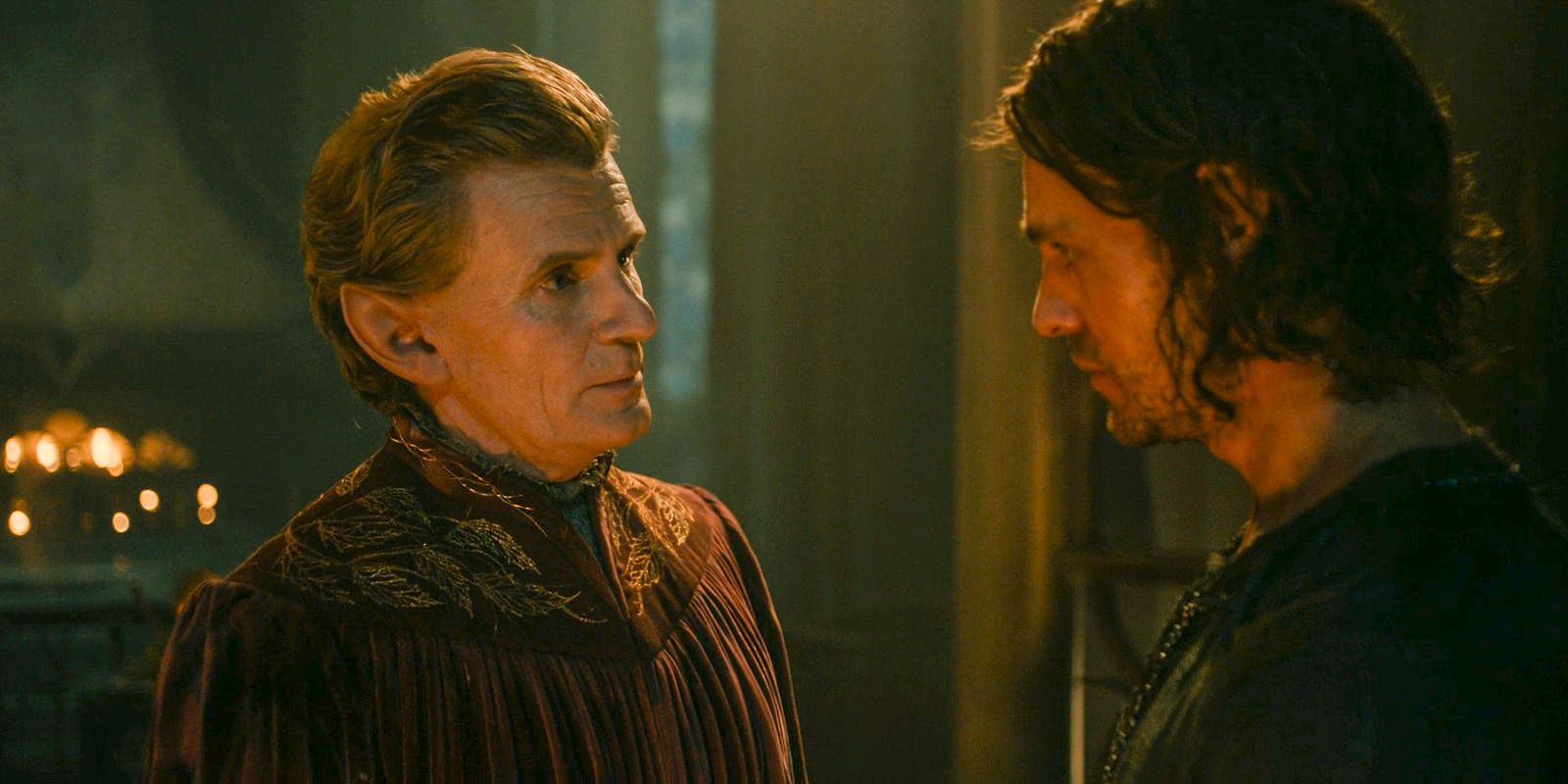
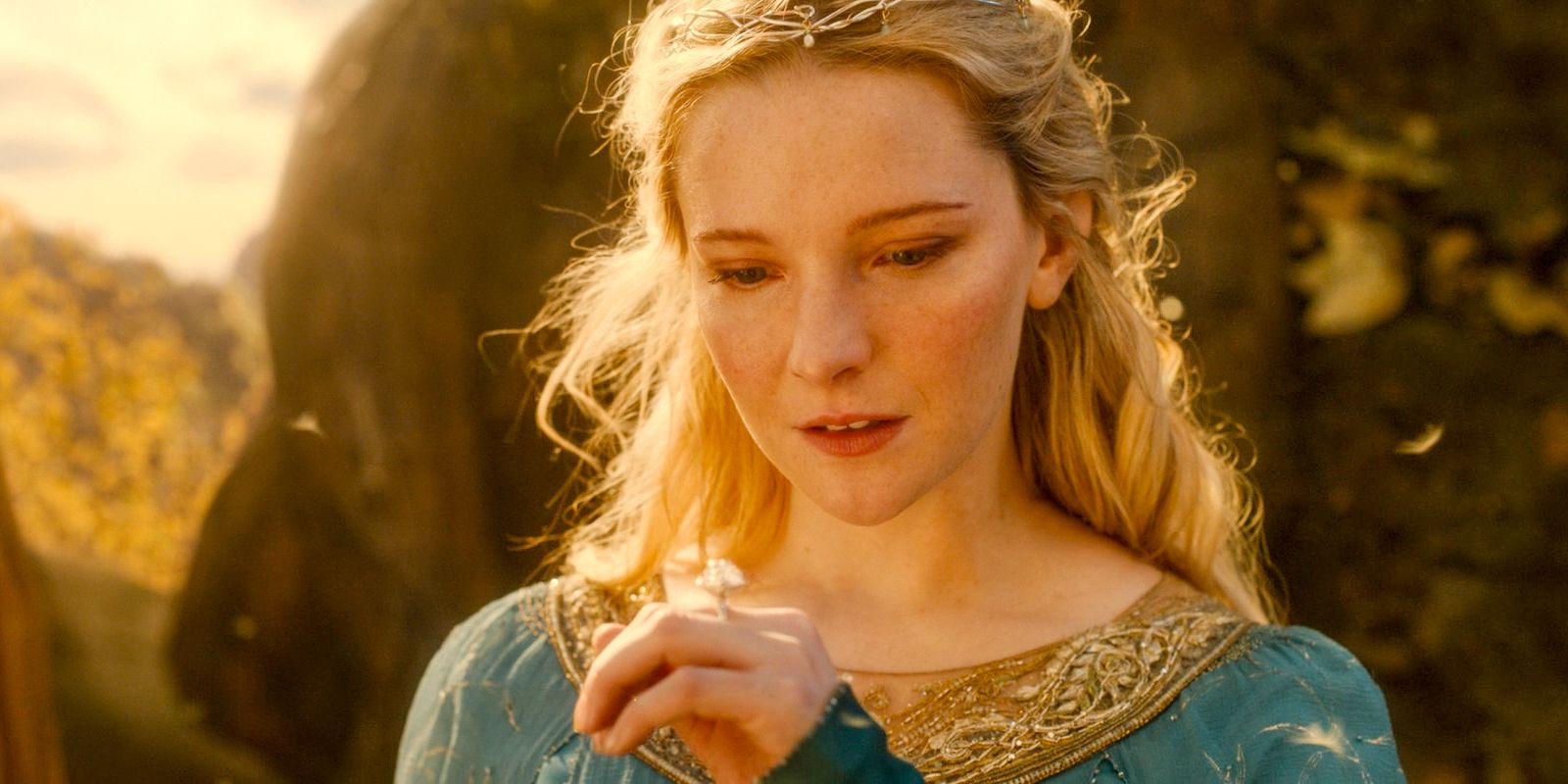
The Rings of Power season 2, episode 5 makes sense of the number of rings in Tolkien’s lore, answering a question that dates back to the Lord of the Rings books. While requesting rings for Men, Annatar explains the power of the number three to Celebrimbor. He references “the perfection of the Three,” insisting that they make triple this number of Rings of Power for their third forge. When it comes to the Elves’ rings and the rings for Men, Annatar and Celebrimbor seem to be seeking balance. Given that Celebrimbor views the latter as atonement, there’s sense to this.
The seven Rings of Power for the Dwarves are explained using the same logic as Tolkien’s lore, with Celebrimbor making one for each of the leaders of the seven clans. The Rings of Power season 2, episode 5 sees King Durin III offering the rings to each of the Dwarf lords, emphasizing this point. The catch is that he demands a price from the Dwarf lords, the first sign that something is wrong with the Dwarves’ rings. This flaw is also used to justify the nine Rings of Power for men, as Celebrimbor wants to make up for the errors made.
How Tolkien’s The Lord Of The Rings History Explains The Ring Numbers
His Writings Don’t Dig Too Deeply Into The Reasoning Behind The Numbers
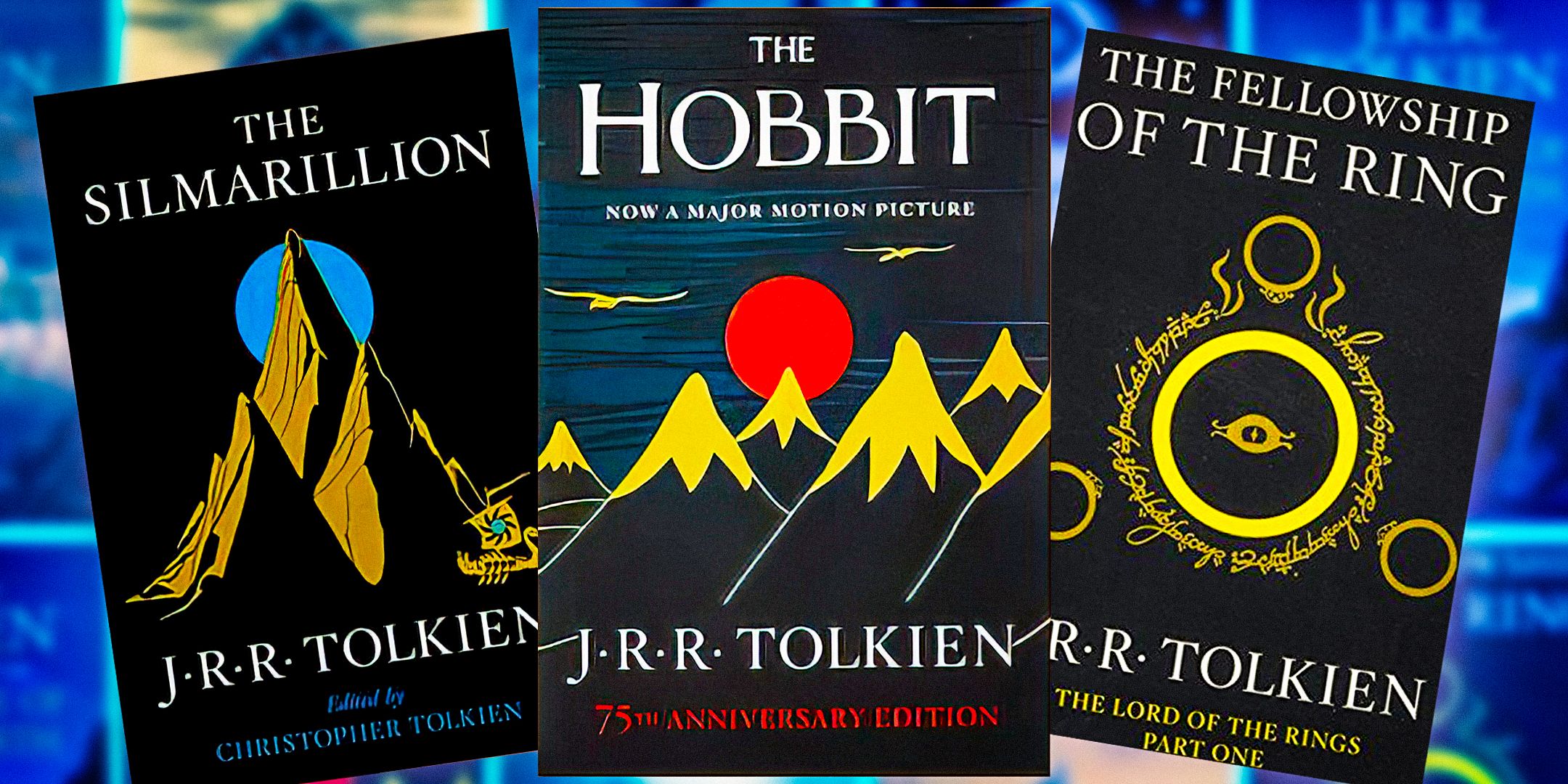
Tolkien’s Lord of the Rings history doesn’t dig too deeply into the ring numbers, but readers can piece together explanations for the ones that go to the Dwarves and the Elves. While the Dwarves’ Rings of Power have to do with their leadership, the Three likely stem from the significance this number has for the Elves. There are three houses of Elves in Tolkien’s lore: Bëor, Hador, and Haleth. There are also three clans of the Eldar: the Vanyar, Noldor, and Teleri. The Elf Feanor also made three Silmarils, which are also important in Tolkien’s lore.
Tolkien doesn’t address why the Men of Middle-earth receive nine Rings of Power, and there doesn’t seem to be a proper explanation one can draw from his texts.
In The Silmarillion, Tolkien writes that the three Elven rings represent three different elements: water, fire, and air. This is the closest the author gets to explaining the number of rings outright, and it doesn’t clarify things nearly as much as The Rings of Power. Tolkien doesn’t address why the Men of Middle-earth receive nine Rings of Power, and there doesn’t seem to be a proper explanation one can draw from his texts. Nine is considered a magical number in certain faiths and cultures, so that could have something to do with it.
The Rings Of Power’s Ring Number Logic Makes A Lot Of Sense
It Ties Celebrimbor & Sauron’s Decisions Together Nicely
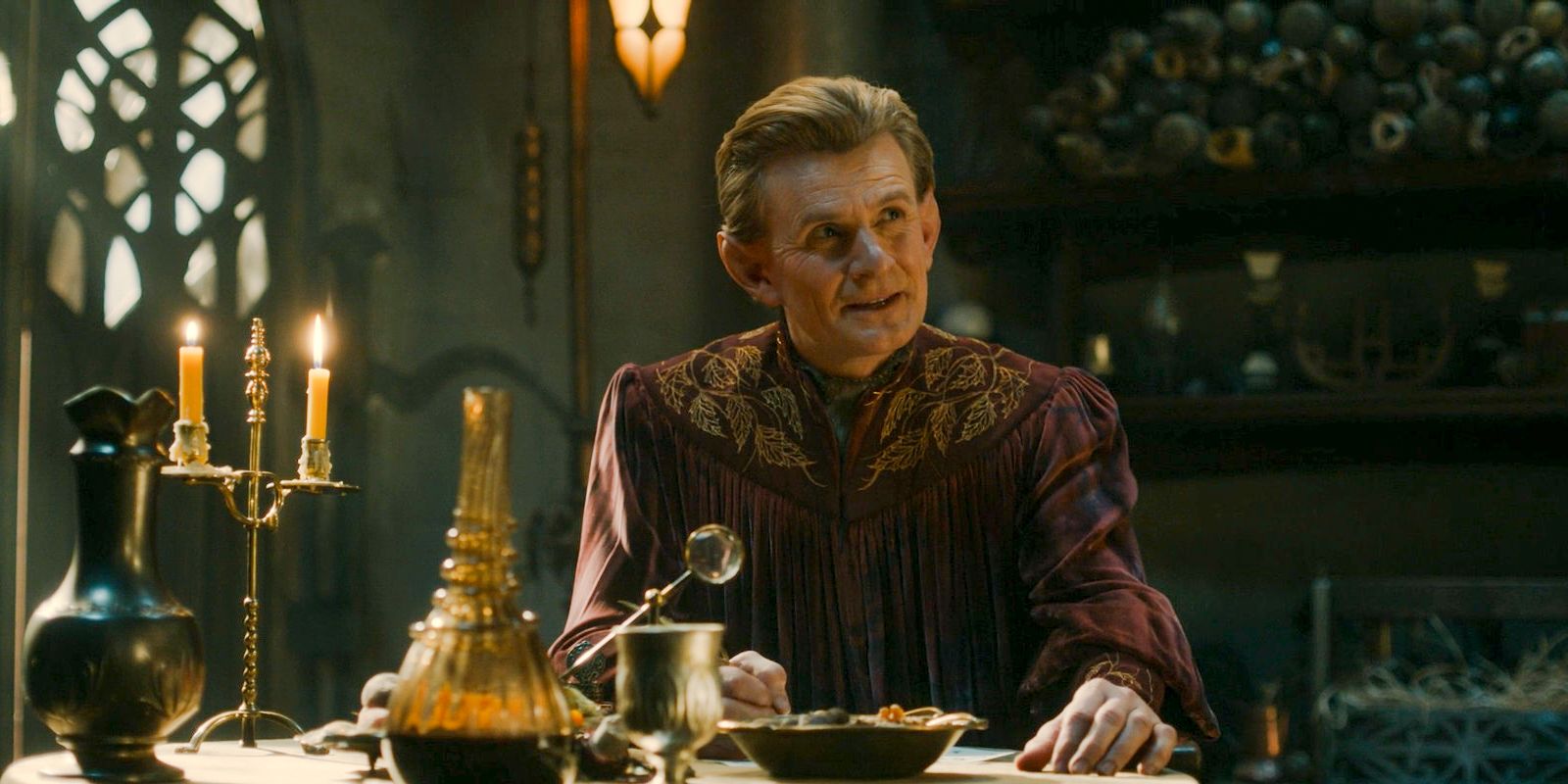
The Rings of Power season 2’s number logic makes more sense than Tolkien’s, and it ties Celebrimbor and Sauron’s decisions together nicely. The fact that the Dwarves’ rings are corrupted would make Celebrimbor think twice about forging more for the Elves. Alongside the conversation about threes and balance, this drives home why the Three are the only Elven rings. With Celebrimbor likely to discover the truth about Annatar before season 2 is through, he won’t have the time or desire to make more rings for the Elves anyway.
The choice to make nine rings for Men also makes more sense through the lens of atonement. This doesn’t just explain the number, either — though Sauron’s speech clears that up impressively. It also clarifies why Celebrimbor agrees to forge Rings of Power for Men in the first place. By digging deeper into the Second Age, The Rings of Power gives proper reasoning for the characters’ decisions and expands on Tolkien’s lore. This is precisely what an adaptation should do, and hopefully, it continues to add context to the source material.

